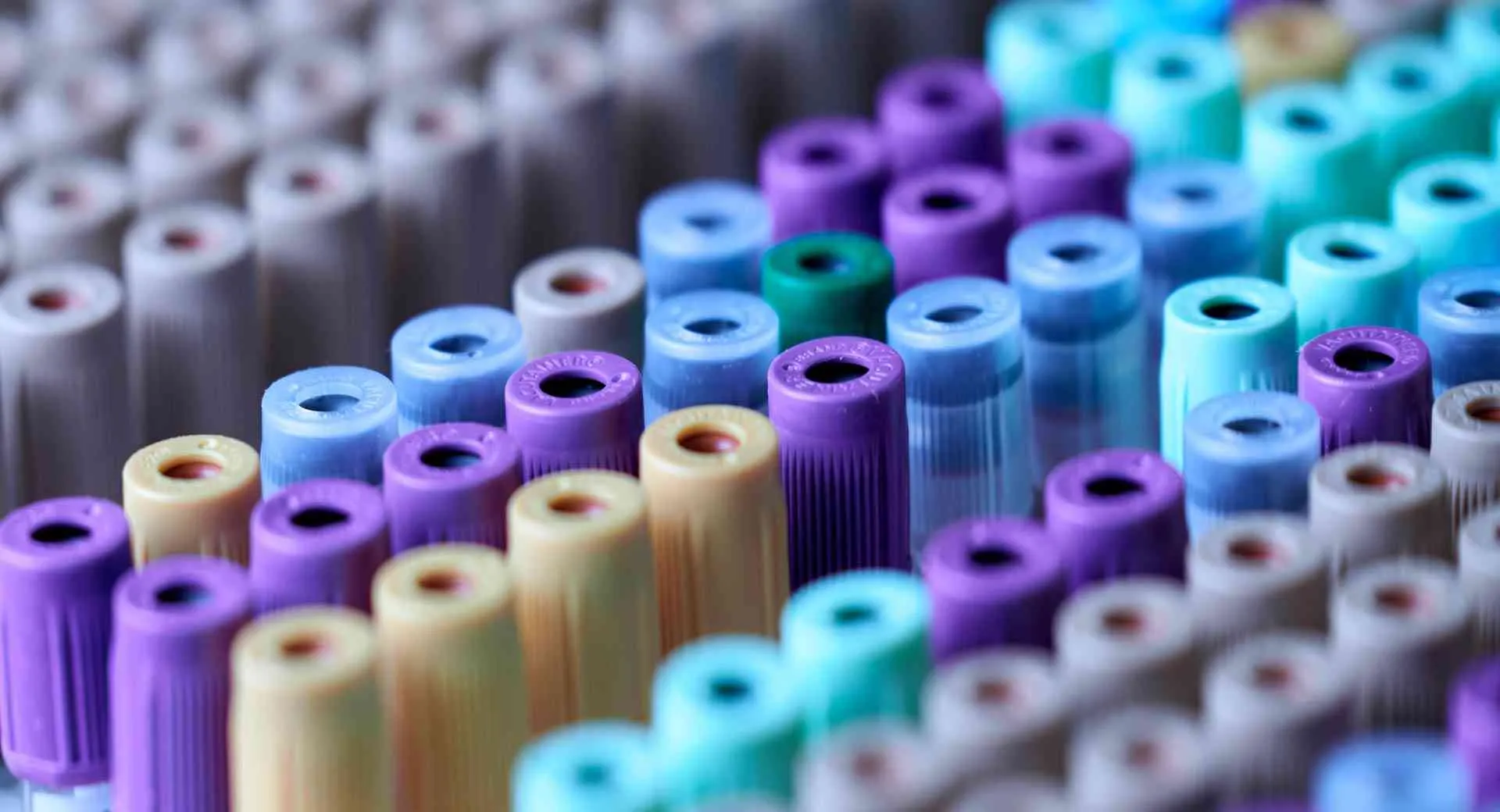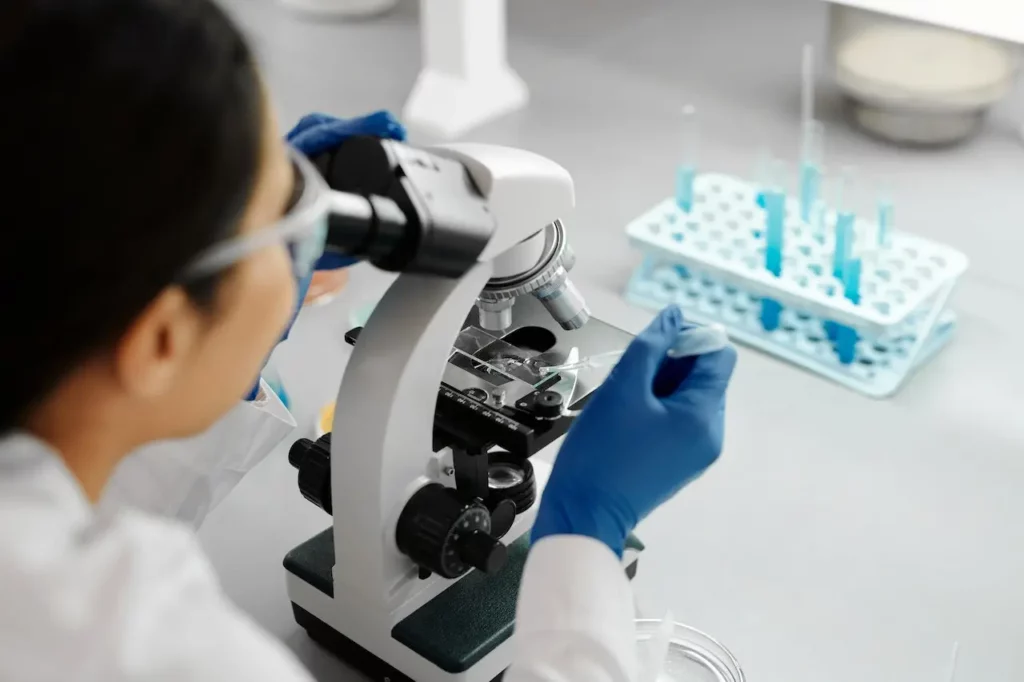Order PEG Products Online Creative PEGWorks set up a Merchant account on amazon.com to make…

What Are PEG Linkers?
Polyethylene glycol linkers, or PEG linkers, have revolutionized the fields of biotechnology and drug delivery. These versatile compounds have become indispensable in various biomedical applications.
PEG linkers offer a unique set of properties that make them an attractive choice for conjugating with different molecules. Let’s take a closer look at the world of PEG linkers, their structure, applications, and the many advantages they bring to the world of medicine and science.

Table of Contents
Understanding PEG Linkers
Polyethylene glycol (PEG) is a synthetic, water-soluble polymer composed of repeating units of ethylene oxide. It is widely known for its biocompatibility and non-toxic nature, which makes it suitable for use in various medical and pharmaceutical applications.
PEG linkers are created by attaching PEG molecules to other molecules, such as drugs, proteins, or nanoparticles. The linkage can occur through covalent bonds, allowing for precise control over the size and properties of the PEGylated compounds.
There are a few benefits to these PEG linkers, as Saha-Shah et al explain in their study: “Several PEGylated therapeutic proteins are approved drugs, and more are under development. However, the synthesis and characterization of these bioconjugates, especially heterogeneous mixtures of PEGylated proteins, are challenging. The present study focuses on the development of PEG linkers that can be installed through biocatalytic route and render much simpler and insightful analytical characterization of PEG–protein conjugates. This linker enables traditional peptide mapping assay to determine protein sequence coverage, natural PTMs, and PEG attachment sites.”[1]
The Structure of PEG Linkers
PEG linkers are available in various lengths, often denoted by the number of ethylene oxide units they contain. The length of the PEG chain plays a critical role in determining the properties and applications of PEGylated compounds. Shorter PEG chains tend to be less flexible and have different solubility properties than longer chains.
Common PEG linker lengths include PEG-200, PEG-500, PEG-1000, and PEG-2000. PEG-2000 is often used in drug delivery due to its favorable properties, such as prolonged circulation time in the bloodstream.
Applications of PEG Linkers
PEG linkers find widespread applications across various domains, making them a valuable tool in biotechnology and pharmaceutical research. Here are some key applications:
Drug Delivery Systems
PEGylation is a widely used technique for improving the pharmacokinetics of drugs. PEG linkers can be attached to therapeutic molecules, increasing their circulation time in the bloodstream, reducing clearance by the immune system, and enhancing drug delivery to target sites. This results in more effective and longer-lasting drug effects with reduced side effects.
Protein and Enzyme Stabilization
PEG linkers can be employed to improve the stability and solubility of proteins and enzymes, extending their shelf life and enabling their use in various applications. This is particularly valuable in the pharmaceutical and biotechnology industries.
Nanoparticle Functionalization
PEGylated nanoparticles have found applications in imaging, and diagnostics as well. PEG linkers help shield nanoparticles from immune recognition and promote their circulation in the bloodstream, allowing them to reach and accumulate in specific target tissues.
Surface Modification
PEG linkers can be used to modify the surface properties of materials, including medical devices. This can reduce protein adsorption, improve biocompatibility, and reduce the risk of adverse reactions.
Vaccine Development
PEGylation is being explored in the development of vaccines, particularly for viral and bacterial antigens. It can enhance the immune response and prolong the release of antigens, potentially leading to more effective vaccines.
Advantages of PEG Linkers
The adoption of PEG linkers in biotechnology and drug delivery is driven by the numerous advantages they offer.
Biocompatibility
PEG is generally well-tolerated by the human body and exhibits low immunogenicity. This makes PEG linkers a preferred choice for enhancing the biocompatibility of various compounds.
Prolonged Circulation
PEGylation extends the circulation time of drugs in the bloodstream, allowing for sustained release and improved therapeutic outcomes.
Reduced Immunogenicity
The presence of PEG can reduce the immune response against PEGylated compounds, minimizing adverse reactions and improving patient compliance.
Enhanced Water Solubility
PEG linkers improve the water solubility of hydrophobic drugs and molecules, making them more suitable for intravenous administration.
Increased Stability
PEGylated proteins and enzymes are more stable and less susceptible to denaturation and degradation, which is crucial in various biotechnological applications.
Tailored Properties
PEG linkers can be customized by selecting specific chain lengths and structures, allowing for precise control over the properties of PEGylated compounds.
Challenges and Considerations
While PEG linkers offer numerous advantages, there are also some challenges and considerations to take into account:
Size Matters
The size of PEG chains can influence how long PEGylated compounds remain in circulation. Longer chains may provide more extended circulation, but they can also lead to increased liver and spleen accumulation.
Clearance Mechanisms
PEGylated compounds can be cleared by the mononuclear phagocyte system (MPS) in the liver and spleen, which may reduce their effectiveness. Strategies to avoid MPS clearance are being explored.
Immunogenicity
Although PEG is generally considered non-immunogenic, some individuals may develop antibodies against PEG, which can affect the efficacy of PEGylated therapies.
Cost and Manufacturing
The production of PEGylated compounds can be complex and costly, which may limit their widespread use.
Final Word: What Are PEG Linkers?
PEG linkers have emerged as a game-changer in biotechnology and drug delivery. These versatile compounds offer a unique set of properties that enhance the effectiveness and safety of therapeutic molecules.
There is so much to explore with PEG applications. If you’re part of a research team, university, or biomedical company, you can trust Creative PEGWorks to deliver quality PEG products to support your work. We offer custom synthesis and can ship overnight! Explore the vast variety of PEG reagents offered at Creative PEGWorks to design and develop your shape memory polymers, smart gels, coating, and 3D or 4D printable materials, or contact us today using the form below!
The possibilities for PEG applications are extensive, but no matter the industry you are in, Creative PEGWorks can be trusted to provide top-notch PEG products to aid all of your projects. Our services include tailor-made synthesis as well as swift overnight shipping, so you can be sure our products will reach you quickly. Visit our inventory page for a look at the PEG reagents available at Creative PEGWorks, including shape memory polymers, intelligent gels, coatings, and those fit for 3D or 4D printing. Or, get in touch with us today using the contact form below!
References
- Saha-Shah A, Sun S, Kong J, Zhong W, Mann BF. Design and Study of PEG Linkers That Enable Robust Characterization of PEGylated Proteins. ACS Pharmacol Transl Sci. 2021;4(4):1280-1286. Published 2021 Jun 20. doi:10.1021/acsptsci.1c00112
Related Posts
- PEGylation Reagents Available on Amazon!
- Benefits of PEGylation in the Pharmaceutical Industry
Benefits of PEGylation in Pharmaceuticals Wondering if you should use PEGylation for your products? There…
- Fluorescent or Radioactive PEG-like Nanoprobes
Researchers from the Massachusetts General Hospital and Harvard Medical School developed the novel, "PEG-like Nanoprobes,’’…
